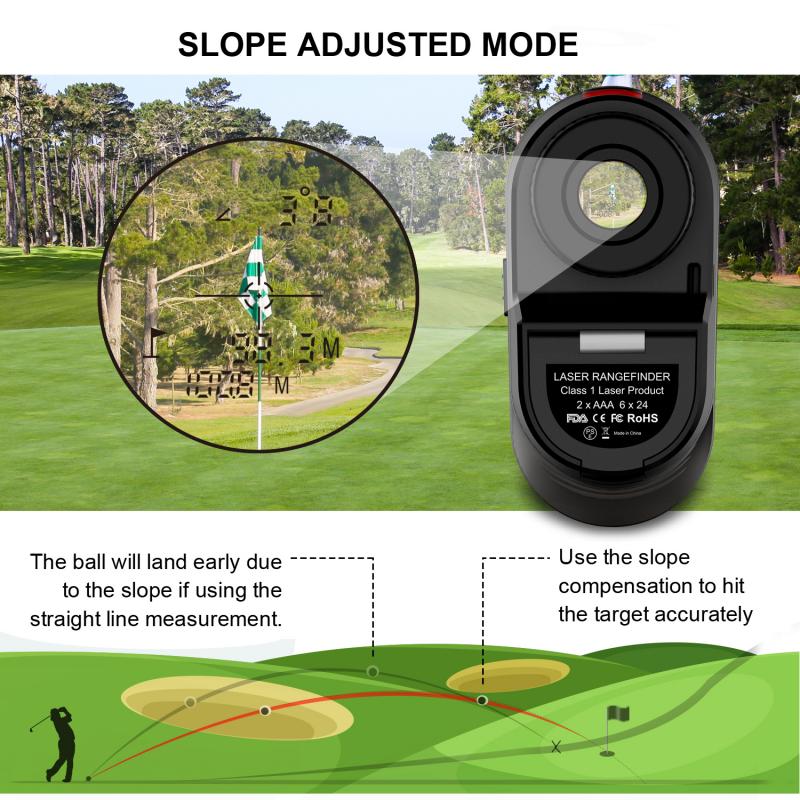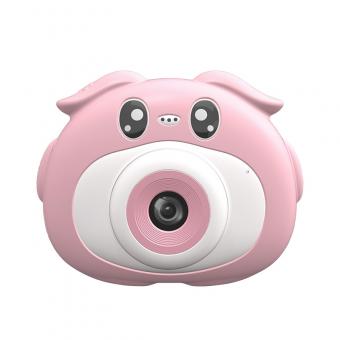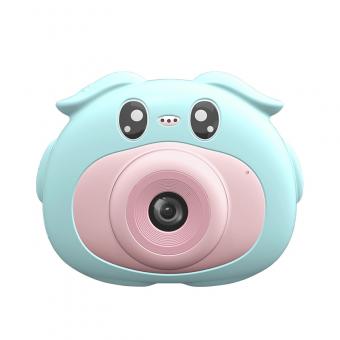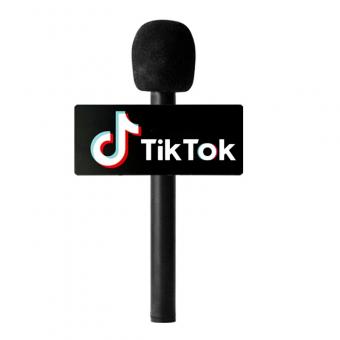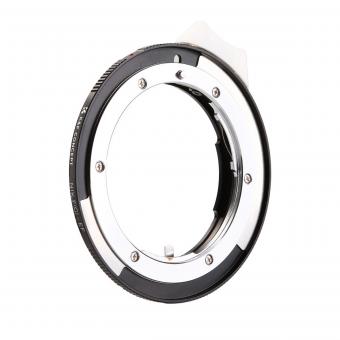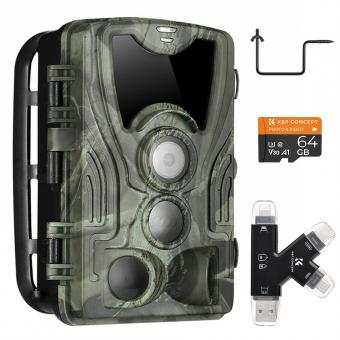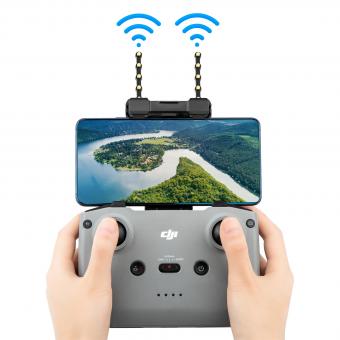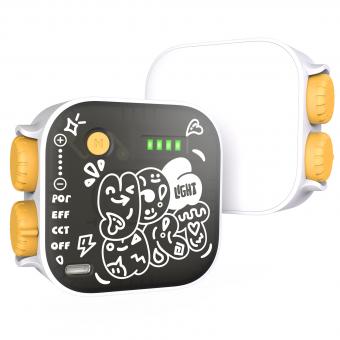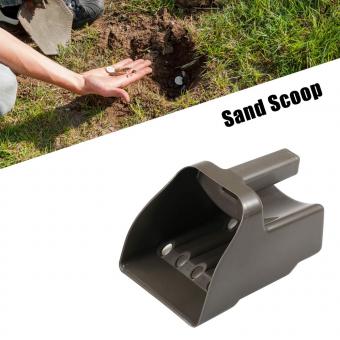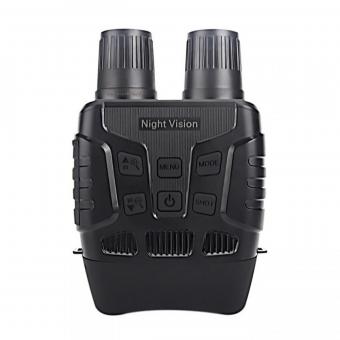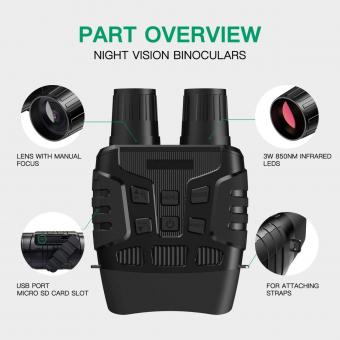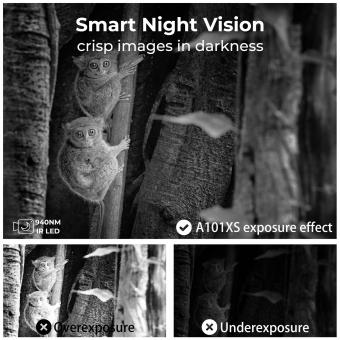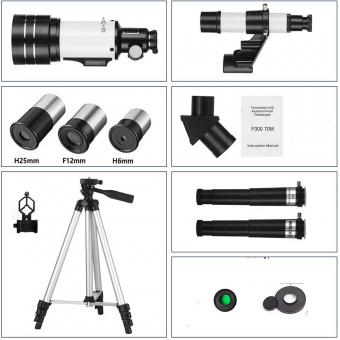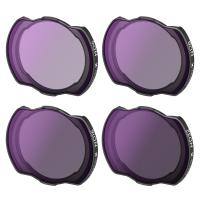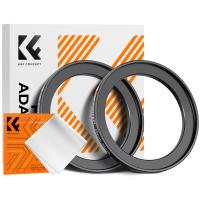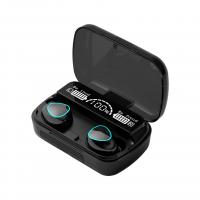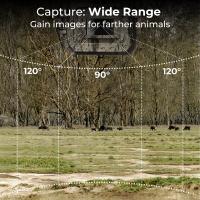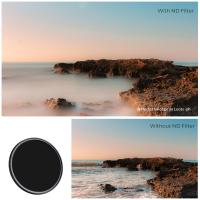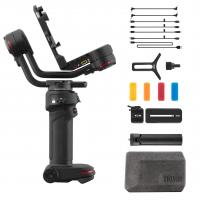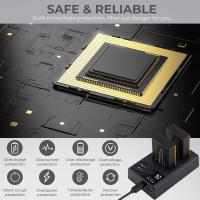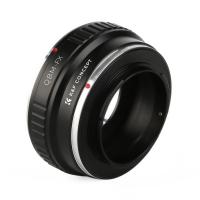What Is A Good Binocular Range ?
A good binocular range typically refers to the distance at which binoculars provide clear and detailed images. The range can vary depending on the specific model and specifications of the binoculars. High-quality binoculars often have a range of several hundred yards or meters, allowing users to observe objects or wildlife from a distance with clarity. However, it is important to note that the range can also be influenced by factors such as weather conditions, lighting, and the user's own vision.
1、 Magnification range: 8x-12x for general use, 15x-20x for long-range observation.
A good binocular range depends on the intended use and the specific requirements of the observer. Generally, for general use such as bird watching, wildlife observation, or sports events, a magnification range of 8x-12x is considered ideal. This range provides a good balance between magnification and stability, allowing for a steady image and a wider field of view. It also offers a comfortable viewing experience, reducing eye strain and fatigue.
For long-range observation, such as stargazing or surveillance, a higher magnification range of 15x-20x is recommended. This range allows for detailed observation of distant objects and provides a closer view of the subject. However, it is important to note that higher magnification also increases the sensitivity to hand movements, making it more challenging to maintain a steady image. Therefore, the use of a tripod or other stabilizing equipment is often necessary for optimal viewing.
It is worth mentioning that the latest point of view in the field of binoculars is the increasing popularity of image stabilization technology. This technology helps to compensate for hand movements and provides a more stable image even at higher magnifications. Some binoculars now come with built-in image stabilization, which can greatly enhance the viewing experience, especially for long-range observation.
In conclusion, a good binocular range for general use is 8x-12x, while for long-range observation, a range of 15x-20x is recommended. However, the choice of magnification should be based on the specific needs and preferences of the observer. Additionally, the latest advancements in image stabilization technology have further improved the viewing experience, particularly at higher magnifications.
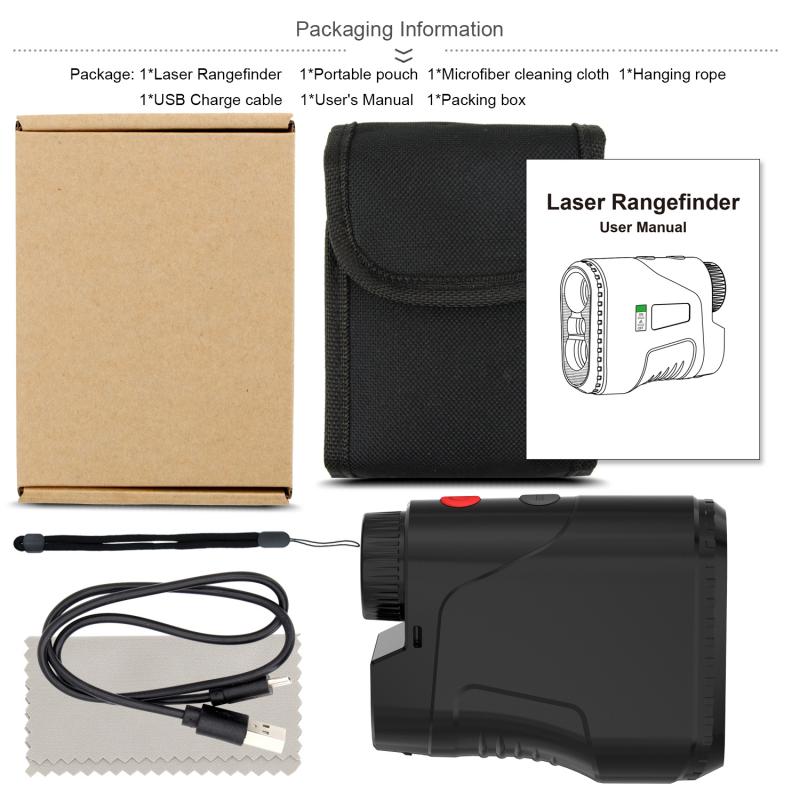
2、 Objective lens diameter: 30mm-50mm for compact binoculars, 50mm-70mm for larger models.
A good binocular range typically depends on the objective lens diameter, which determines the amount of light that enters the binoculars. For compact binoculars, an objective lens diameter of 30mm to 50mm is considered ideal. This range provides a good balance between portability and light-gathering capability. Compact binoculars with a smaller objective lens diameter are more lightweight and easier to carry around, making them suitable for activities like hiking, birdwatching, or sporting events.
On the other hand, larger binocular models with an objective lens diameter of 50mm to 70mm are preferred for situations where maximum light transmission is crucial. These larger lenses allow more light to enter the binoculars, resulting in brighter and clearer images, especially in low-light conditions. They are commonly used for stargazing, wildlife observation, or marine activities.
It is important to note that the choice of binoculars also depends on the intended use and personal preferences. Some individuals may prioritize portability and opt for compact binoculars, while others may prioritize image quality and choose larger models. Additionally, advancements in lens and coating technologies have improved the performance of binoculars across different objective lens diameters.
In recent years, there has been a trend towards larger objective lens diameters, particularly in the range of 42mm to 50mm, for general-purpose binoculars. This is because these sizes offer a good balance between light-gathering capability and portability. They provide sufficient brightness and image quality while still being relatively compact and lightweight.
Ultimately, the choice of binoculars should be based on individual needs, preferences, and budget. It is recommended to try out different models and sizes to determine the best fit for specific activities and conditions.
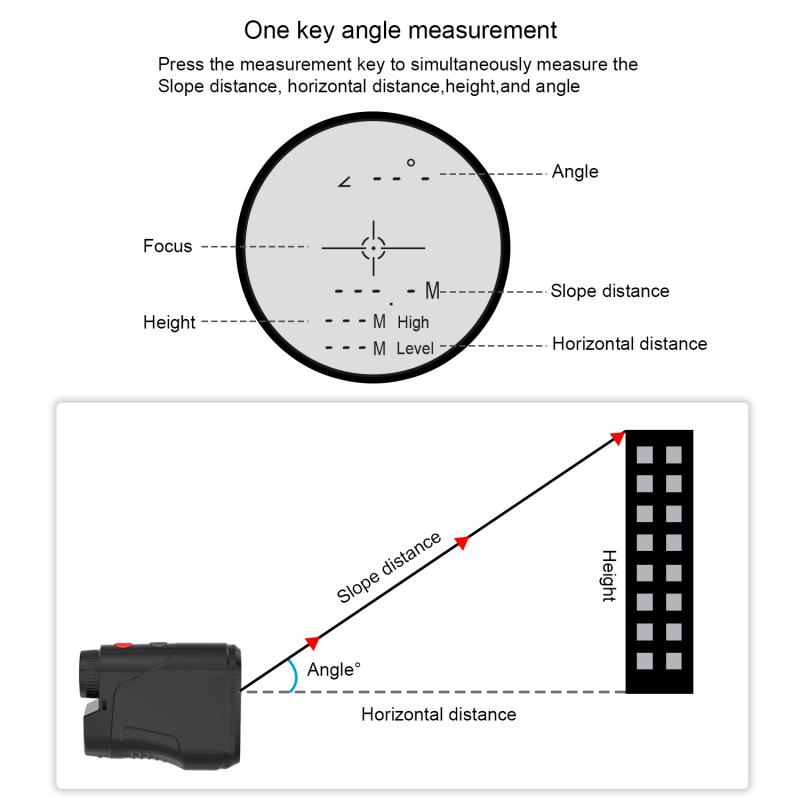
3、 Field of view: 300ft-400ft at 1000 yards for wide-angle viewing.
A good binocular range refers to the field of view that allows for optimal wide-angle viewing. The field of view is typically measured in feet at a specific distance, such as 1000 yards. In this case, a good binocular range would be a field of view between 300ft and 400ft at 1000 yards for wide-angle viewing.
Having a wide field of view is essential for various activities such as birdwatching, wildlife observation, and sports events. It allows users to capture a larger area in their sight, making it easier to track moving objects or observe a broader scene. A range of 300ft-400ft at 1000 yards provides a generous field of view, enabling users to enjoy a more immersive and detailed viewing experience.
It is important to note that the ideal binocular range may vary depending on the specific needs and preferences of the user. Some individuals may prioritize a wider field of view, while others may prioritize other factors such as magnification power or image clarity. Therefore, it is crucial to consider personal preferences and the intended use of the binoculars when determining the optimal binocular range.
It is worth mentioning that advancements in technology have led to the development of binoculars with even wider fields of view. Manufacturers are constantly striving to improve the performance of their products, offering users an enhanced viewing experience. Therefore, it is advisable to stay updated with the latest models and advancements in the field to ensure access to the best binocular range available.
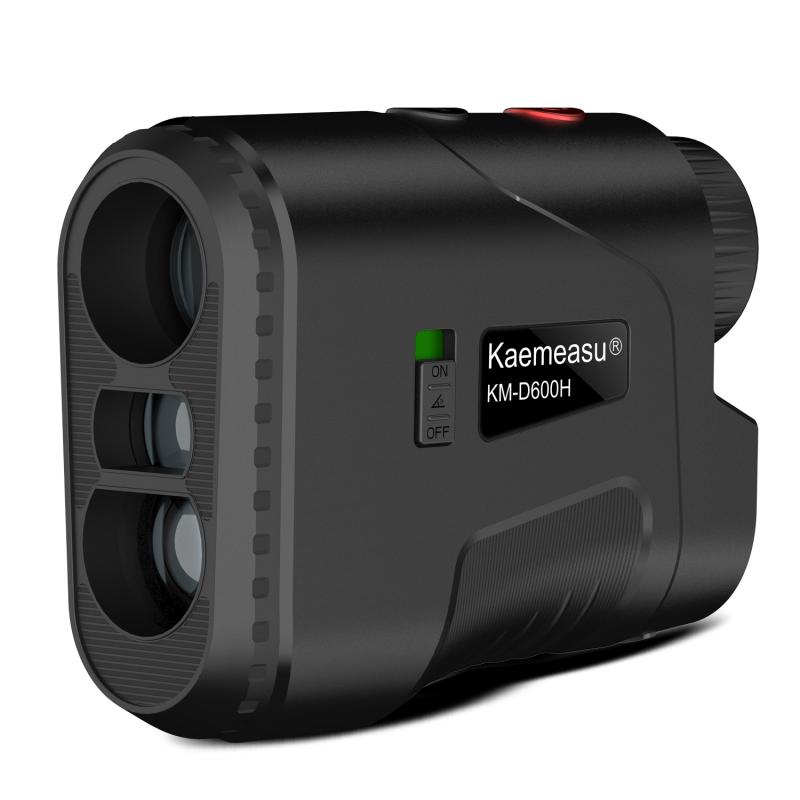
4、 Eye relief: 12mm-20mm for comfortable viewing, especially for eyeglass wearers.
A good binocular range refers to the optimal eye relief that allows for comfortable viewing, particularly for individuals who wear eyeglasses. Eye relief is the distance between the eyepiece lens and the viewer's eye when the entire field of view is visible. It is an important factor to consider when choosing binoculars, as it determines the comfort level and ease of use for the user.
The recommended eye relief range for comfortable viewing is typically between 12mm and 20mm. This range ensures that the viewer can position their eyes at a comfortable distance from the eyepiece, allowing for a full field of view without any vignetting or loss of image quality. It is especially crucial for eyeglass wearers, as they need additional space to accommodate their glasses.
Having a longer eye relief is beneficial for those who wear eyeglasses, as it allows them to maintain a comfortable viewing experience without having to remove their glasses. This is particularly important for individuals with strong prescriptions or those who require specialized lenses.
In recent years, there have been advancements in binocular technology that have improved eye relief capabilities. Some manufacturers now offer binoculars with even longer eye relief, exceeding the traditional range of 12mm-20mm. This is particularly advantageous for individuals with thicker eyeglass frames or those who prefer to keep their glasses on while using binoculars.
It is worth noting that the optimal eye relief may vary depending on individual preferences and the specific requirements of the user. Some individuals may find that they prefer a slightly shorter or longer eye relief, depending on factors such as their eye shape, the type of eyeglasses they wear, or personal comfort preferences.
In conclusion, a good binocular range for eye relief is typically between 12mm and 20mm, ensuring comfortable viewing, especially for eyeglass wearers. However, advancements in technology have allowed for even longer eye relief options, providing enhanced comfort and convenience for users. Ultimately, the best eye relief range may vary depending on individual preferences and needs.
